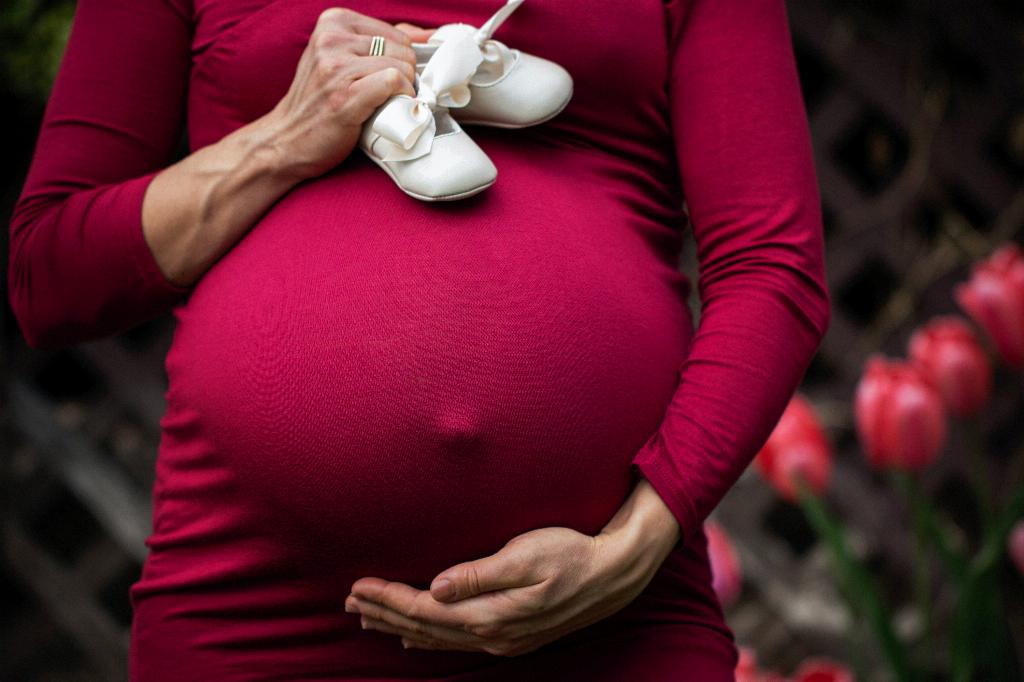When it comes to deciphering between period bleeding and pregnancy bleeding, it is essential to understand the key differences that can help you distinguish between the two. One significant factor to consider is the consistency and intensity of the bleeding. Menstrual bleeding tends to be more consistent and can last for several days, while implantation bleeding is usually lighter and shorter in duration. The color of the blood can also provide valuable insights. Menstrual blood is typically bright red, whereas implantation bleeding may appear as light pink or brown spotting.
Identifying Early Signs of Pregnancy
If you find yourself in a state of uncertainty, unable to take a pregnancy test yet, you might be on the lookout for early signs of pregnancy. Apart from implantation bleeding, common early indicators include nausea, fatigue, breast tenderness, and heightened sense of smell. Monitoring your body for these signs can offer additional clues that you might be pregnant.
Tracking Menstrual Cycles
Keeping track of your menstrual cycles can also aid in distinguishing between period bleeding and pregnancy bleeding. Understanding your typical cycle length, ovulation dates, and menstrual flow patterns can help you identify any irregularities that may indicate pregnancy. If you notice any significant deviations from your usual cycle, it is advisable to consult with a healthcare provider for further evaluation.
Considering Contraceptive Use
If you are using contraceptives like birth control pills, patches, or intrauterine devices (IUDs), it can influence your menstrual bleeding patterns. Certain contraceptive methods may lead to lighter periods or irregular bleeding, which can sometimes be mistaken for implantation bleeding. Being aware of how your chosen method affects your menstrual cycle can provide valuable context when differentiating between period and pregnancy bleeding.
Consulting a Healthcare Provider
If you are unsure about the nature of your bleeding and suspect you may be pregnant, it is advisable to seek guidance from a healthcare provider. A medical professional can conduct tests, such as urine or blood tests, to confirm or rule out pregnancy. Additionally, they can offer personalized advice and support based on your individual circumstances and symptoms.
Evaluating Associated Symptoms
Alongside bleeding patterns, paying attention to accompanying symptoms can provide valuable insights into whether you are experiencing period bleeding or pregnancy bleeding. Menstrual cramps are a common symptom associated with period bleeding, while early pregnancy may present with mild cramping or abdominal discomfort. Taking note of these accompanying signs can help in making a more informed assessment.
Considering Lifestyle Changes
Your lifestyle choices and daily habits can also impact your menstrual cycle and bleeding patterns. Factors like stress, diet, exercise routines, and sleep patterns can influence hormonal balance and menstrual regularity. Being cognizant of any recent lifestyle changes or stressors can help you contextualize any alterations in your bleeding and determine whether they are indicative of period or pregnancy bleeding.
Understanding the Timing of Bleeding
The timing of the bleeding can offer crucial clues in differentiating between period bleeding and pregnancy bleeding. Menstrual bleeding typically occurs around the expected time of your period, following a regular cycle. On the other hand, implantation bleeding often occurs around 6-12 days after conception, which can be earlier than your expected period. Knowing the approximate timing of the bleeding can aid in making an informed assessment.
Keeping a Menstrual Diary
Maintaining a menstrual diary where you record details of your bleeding, symptoms, and any notable observations can be immensely helpful in discerning patterns and abnormalities. By documenting your menstrual cycles over time, you can track changes, identify trends, and better understand your body’s unique responses. This comprehensive record can serve as a valuable resource when trying to determine the cause of abnormal bleeding.
Considering Underlying Health Conditions
Certain underlying health conditions like polycystic ovary syndrome (PCOS), thyroid disorders, or reproductive system issues can influence menstrual bleeding and mimic pregnancy symptoms. If you have a history of such conditions or suspect you may be experiencing related symptoms, it is essential to discuss these concerns with a healthcare provider. Addressing any underlying health issues is crucial in accurately interpreting your bleeding patterns.
Seeking Emotional Support
Experiencing uncertainty regarding your bleeding can be emotionally taxing and overwhelming. It is essential to prioritize your emotional well-being during this period of uncertainty. Seeking support from loved ones, online communities, or mental health professionals can offer reassurance, guidance, and a safe space to express your feelings. Remember that emotional health is just as important as physical health, and reaching out for support is a sign of strength.
Conclusion
In conclusion, differentiating between period bleeding and pregnancy bleeding involves a nuanced understanding of various factors, from bleeding consistency and color to associated symptoms and lifestyle influences. By staying attuned to your body, tracking menstrual cycles, seeking medical advice when needed, and prioritizing emotional well-being, you can navigate uncertainties with greater clarity and confidence. Remember that each individual’s experience is unique, and seeking personalized guidance can provide valuable insights into your specific situation.

